Abnormally cold and wet April could affect gobbler hunting next month
With the May 1 opening of our month-long spring turkey hunting season rapidly approaching, many hunters are concerned with what effects the abnormally cool and wet weather of the last month may have on hunting and calling success.
Ideally, most hens won’t commence nesting until ground temperatures reach 45-50 degrees. If it’s colder than that, any eggs risk becoming chilled whenever the hen leaves the nest where her body temperature has kept the eggs sufficiently warm. Since hens only lay one egg per day, they often leave the nest to feed or look for gobblers to breed with, leaving the eggs susceptible to chilling or predation.
In a “normal year” hens starting nesting at different times – some in April and some later – which ensures more successful egg and poult survival, should the weather turn cold and wet at any given time. But this past month has been so miserable, weather-wise, that far fewer hens will start nesting until conditions improve. Evidence of the lateness is the number of flocks that are still a mixture of hens, last year’s poults, and gobblers. Normally these mixed sex and age flocks break up, with hens heading to seek nesting areas, and gobblers separating themselves to search for receptive hens to breed with.




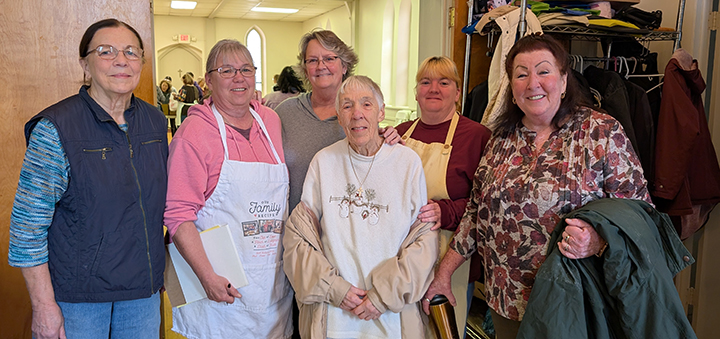
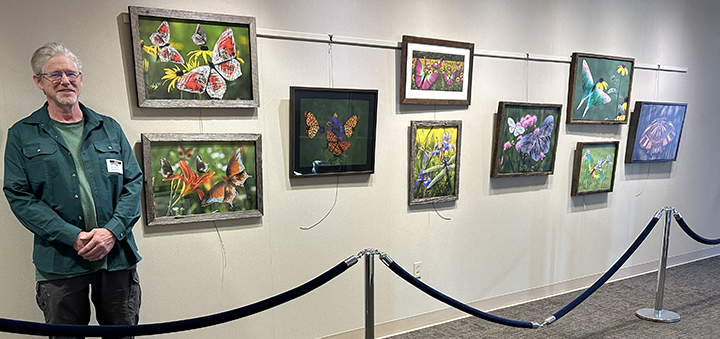
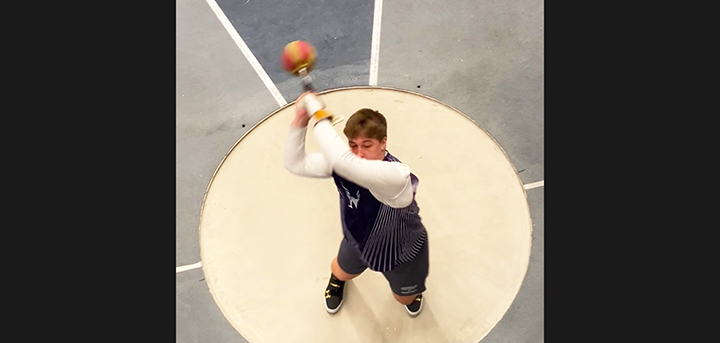
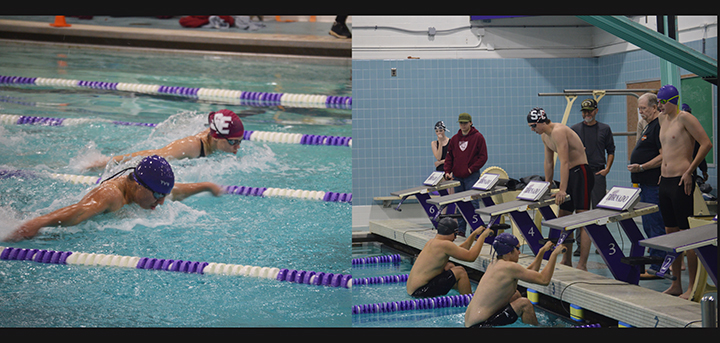
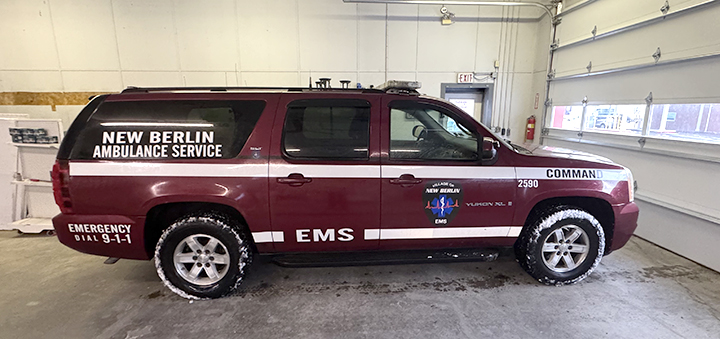

Comments